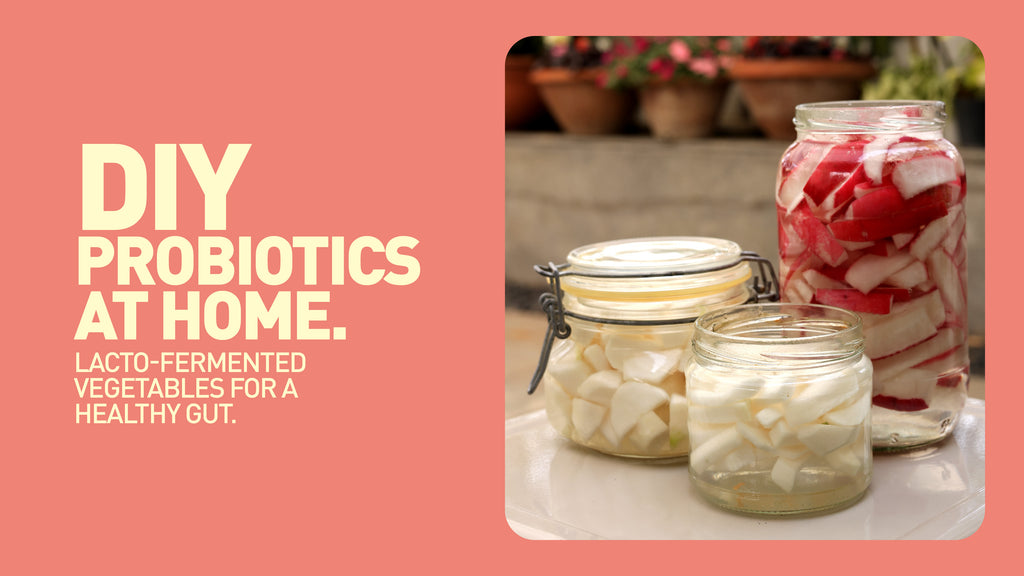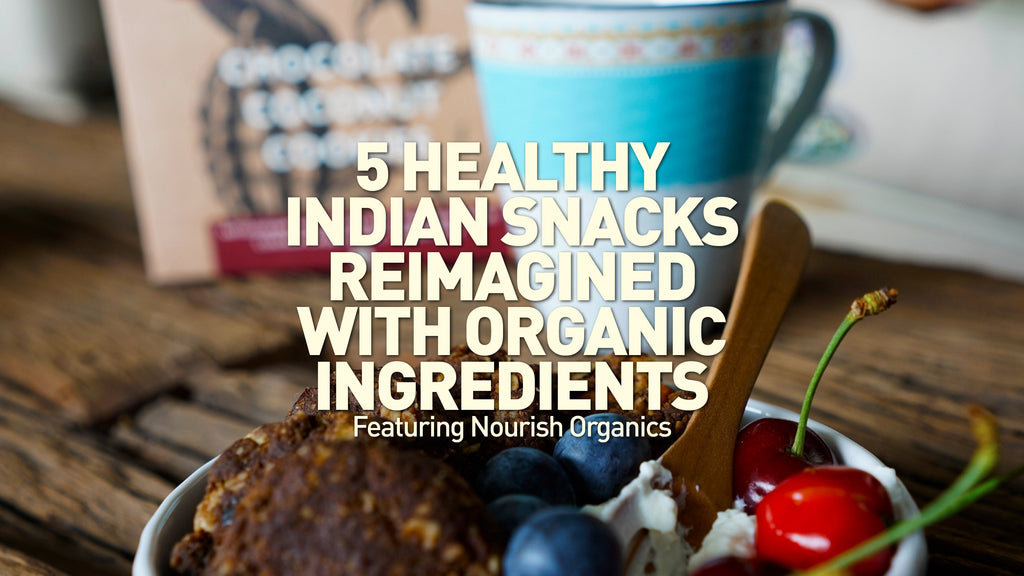
DIY Probiotics at Home: Lacto-Fermented Vegetables for a Healthy Gut

Introduction:
In the pursuit of a healthier lifestyle, many of us are turning to natural, homemade alternatives to boost our well-being. One such practice gaining popularity is the creation of lacto-fermented vegetables, a simple yet powerful way to introduce probiotics into your diet. Today, we'll explore the process of making your own probiotics at home, focusing on seasonal favorites like turnips, radishes, and carrots.
Understanding Lacto-Fermentation:
Lacto-fermentation is a traditional method of preserving vegetables by soaking them in a brine of salt and water. This process encourages the growth of beneficial bacteria, such as Lactobacillus, which not only preserves the vegetables but also imparts a tangy flavor and introduces valuable probiotics.
Materials Needed:
- Seasonal vegetables (e.g., turnips, radishes, carrots)
- High-quality salt (non-iodized)
- Filtered water
- Glass jars
- Weights or fermenting lids
- Spices and herbs for flavor (optional)
The Process:
- Prepare the Vegetables:
Wash and chop your chosen vegetables into bite-sized pieces. Remember, the fresher, the better!
- Create the Brine:
Dissolve salt in filtered water to create a brine. The ratio is typically 1-3 tablespoons of salt per quart of water, depending on your taste preference.
- Pack the Jars:
Place the chopped vegetables into clean, sterilized glass jars. Add any spices or herbs for extra flavor.
- Pour in the Brine:
Cover the vegetables with the prepared brine, ensuring they are completely submerged. Leave some space at the top of the jar to allow for expansion.
- Weigh Down or Use Fermenting Lids:
To prevent vegetables from floating to the surface, use weights or special fermenting lids. This ensures an anaerobic environment ideal for lacto-fermentation.
- Fermentation Time:
Seal the jars and let them sit at room temperature for about 1-2 weeks. Check the taste and texture regularly until you achieve the desired flavor and crunchiness.
- Store in the Refrigerator:
Once fermented, store your lacto-fermented vegetables in the refrigerator to slow down the fermentation process.
Incorporating Probiotics into Your Meals:
Enjoy your homemade lacto-fermented vegetables with each meal to infuse your diet with natural probiotics. The crunchy texture and tangy taste make them a delightful addition to salads, sandwiches, or simply as a refreshing side dish.
Health Benefits of Probiotics:
- Supporting the Immune System:
Probiotics contribute to a healthy immune system by promoting a balanced gut microbiome.
- Enhancing Nutrient Absorption:
The beneficial bacteria generated during fermentation help break down and assimilate nutrients, maximizing their bioavailability.
Conclusion:
Making your own probiotics at home through lacto-fermentation is a rewarding and health-conscious endeavor. By incorporating seasonal vegetables like turnips, radishes, and carrots, you not only create delicious additions to your meals but also support your immune system and improve nutrient absorption. So, embark on this culinary adventure and nurture your gut health one crunchy bite at a time. Cheers to a healthier, happier you!














